Home>Furniture>Kitchen Furniture>How To Stop A Cat That Pees On The Stove Burners
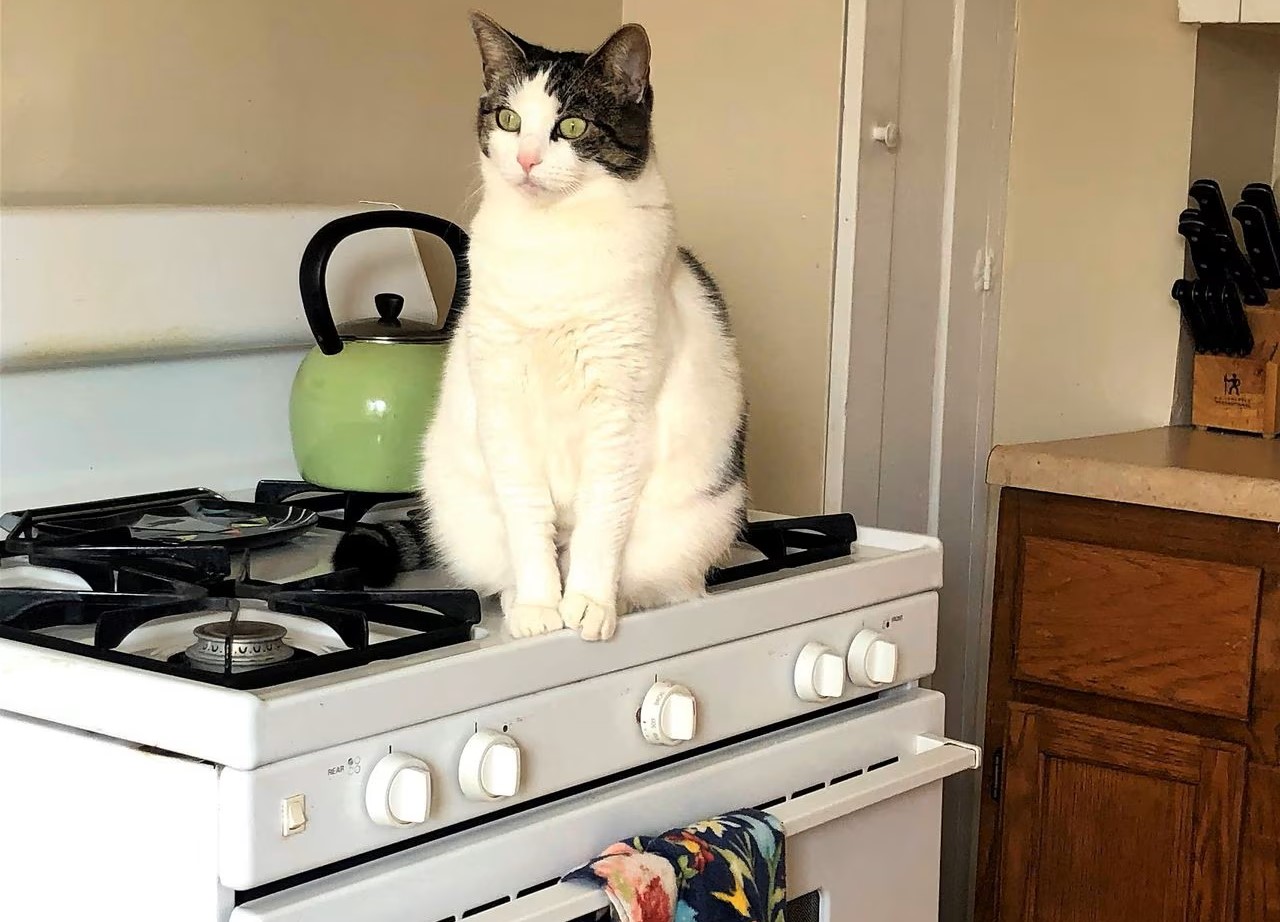

Kitchen Furniture
How To Stop A Cat That Pees On The Stove Burners
Modified: January 5, 2024
Learn effective methods to stop a cat from peeing on your stove burners. Read informative articles on cat behavior and find solutions to this common issue.
(Many of the links in this article redirect to a specific reviewed product. Your purchase of these products through affiliate links helps to generate commission for Storables.com, at no extra cost. Learn more)
Introduction
Having a cat as a beloved pet can bring immense joy and companionship to our lives. However, there can be moments when our feline friends exhibit less-than-desirable behaviors, such as peeing on the stove burners. Not only is this behavior frustrating, but it can also pose a safety risk.
In this article, we will explore the possible reasons behind a cat’s tendency to use the stove burners as a bathroom, as well as provide practical solutions to address this issue. By understanding the underlying causes and implementing effective strategies, you can restore harmony in your home, ensuring a happy and healthy environment for both you and your furry companion.
Key Takeaways:
- Understanding the root cause of your cat’s stove burner peeing is crucial for effective solutions. Medical issues, stress, and litter box aversions are common triggers that require tailored approaches.
- Implement a multi-faceted strategy to stop your cat from peeing on stove burners. From veterinary consultations to environmental enrichment and positive reinforcement, consistency and patience are key to success.
Read more: How To Stop Cat Peeing On Furniture
Understanding the Issue
Before we delve into finding solutions to the problem of cats peeing on stove burners, it’s important to understand why they engage in this behavior. Cats are incredibly clean animals and are typically meticulous about using their litter boxes. So, when they start peeing in unusual places like the stove burners, there is likely an underlying issue that needs to be addressed.
One possible explanation for this behavior is a medical condition. Cats may develop urinary tract infections or other urinary issues that can cause discomfort or pain while urinating. In an attempt to seek relief, they may start associating the heat of the stove burners with a soothing sensation, leading them to use this unconventional location as a makeshift litter box.
Another potential reason is stress or anxiety. Cats are highly sensitive creatures and can be easily affected by changes in their environment or routine. If they are feeling anxious or stressed, they may mark their territory by urinating on the stove burners, as a way to establish a familiar scent and regain a sense of security.
In some cases, the issue could be related to litter box preferences. Cats can be quite particular about their litter boxes and may develop aversions to certain types of litter or dislike the location or cleanliness of their litter box. If they perceive the litter box as unpleasant, they may seek alternatives, and unfortunately, the stove burners may become a tempting option.
Understanding the underlying cause of your cat’s behavior is crucial in finding an effective solution. By identifying the trigger, whether it be a medical issue, stress, or litter box preferences, you can tailor your approach and address the root cause, rather than just treating the symptoms.
Common Reasons for Stove Burner Peeing
When it comes to cats peeing on stove burners, there are a few common reasons that may contribute to this behavior. By recognizing these reasons, you can better understand your cat’s perspective and take appropriate measures to address the issue.
1. Medical Issues: One of the most common reasons for cats to urinate outside of their litter box is a medical problem. Urinary tract infections, bladder stones, or kidney issues can all cause discomfort or pain while urinating, leading your cat to seek alternative places like the stove burners. If you suspect a medical issue, it’s important to consult with your veterinarian for a proper diagnosis and treatment plan.
2. Stress or Anxiety: Cats are sensitive creatures, and stress or anxiety can manifest in various ways, including inappropriate elimination. Changes in their environment, such as a new addition to the family, moving to a new home, or even loud noises, can trigger stress in cats. By creating a calm and safe environment for your cat and implementing stress-reducing techniques, like providing hiding spots and engaging in interactive play, you can help alleviate their anxiety and reduce stove burner peeing incidents.
3. Litter Box Aversions: Cats can be picky about their litter box preferences. They may avoid using a litter box that is dirty, uncovered, or located in a high-traffic area. This can lead them to seek alternative spots, including the stove burners. Ensuring that the litter box is kept clean, providing multiple litter boxes in different areas of the house, and experimenting with different types of litter can help address any potential litter box aversions.
4. Marking Territory: Cats have natural instincts to mark their territory. If your cat feels threatened or insecure, they may choose to mark their scent on the stove burners as a way to establish ownership. This behavior is more common in unneutered male cats, but can also occur in female cats. Providing your cat with appropriate outlets for marking, such as scratching posts or vertical territory, can help redirect their instinctual behavior away from the stove burners.
By understanding these common reasons for stove burner peeing, you can tailor your approach and implement strategies targeted at addressing the specific cause. It’s essential to be patient and consistent in your efforts, as it may take time and trial-and-error to find the most effective solution for your cat.
Assessing the Situation
Before implementing any solutions to stop your cat from peeing on the stove burners, it’s important to assess the situation and gather relevant information. By understanding the context and factors that may contribute to the behavior, you can develop a more effective plan of action.
1. Observation: Start by observing your cat’s behavior closely. Take note of when and where incidents of stove burner peeing occur. Is it a consistent pattern or does it happen sporadically? Are there any triggers or specific events that seem to precede the behavior, such as visits from guests or loud noises? Understanding the frequency and circumstances surrounding the incidents can provide valuable insights.
2. Veterinary Examination: If you suspect that a medical issue may be the underlying cause of your cat’s behavior, it is crucial to consult with a veterinarian. They will be able to conduct a thorough examination and run any necessary tests to rule out or identify any medical conditions that could be contributing to the stove burner peeing. Following their advice and treatment recommendations will ensure the health and well-being of your cat.
3. Litter Box Evaluation: Assess the litter box situation. Consider the number of litter boxes available, their cleanliness, and the type of litter used. Make sure that there is one litter box per cat in the household, plus one extra. Ensure that the litter box is kept in a quiet, easily accessible location and cleaned regularly. Experiment with different types of litter to find the one that your cat prefers.
4. Environmental Stressors: Examine the environment for potential stressors that may be contributing to the behavior. Look for any changes or disruptions that could be causing anxiety in your cat. These could include new pets, changes in routine, loud noises, or even construction work taking place near your home. By identifying and addressing these stressors, you can help create a more peaceful and secure environment for your cat.
5. Behavioral Factors: Consider any behavioral factors that may be at play. Is your cat spayed or neutered? If not, this could contribute to marking behavior. Providing appropriate outlets for marking, such as scratching posts or vertical territory, can help redirect this behavior away from the stove burners. Additionally, ensure that you are providing enough mental and physical stimulation for your cat through playtime and interactive toys.
By thoroughly assessing the situation, you can gather valuable information to better understand the underlying causes of your cat’s behavior. This knowledge will guide you in implementing appropriate solutions and strategies to stop your cat from peeing on the stove burners.
Place aluminum foil or double-sided tape on the stove burners to deter the cat from peeing on them. Cats generally dislike the texture and will avoid the area.
Steps to Stop Cat from Peeing on Stove Burners
Stopping your cat from peeing on the stove burners requires a multi-faceted approach that addresses the underlying causes and modifies their behavior. Follow these steps to help resolve the issue:
1. Veterinary Consultation: If you haven’t already done so, schedule a visit to the veterinarian to rule out any medical conditions that may be contributing to the behavior. Follow their recommended treatment plan if any issues are diagnosed.
2. Clean the Stove Thoroughly: Remove any traces of urine scent from the stove burners by thoroughly cleaning them with an enzymatic cleaner. This will help eliminate any lingering odors that may attract your cat to continue using them as a bathroom.
3. Create an Attractive Litter Box: Make the litter box more appealing to your cat. Clean it regularly, removing clumps and feces daily, and replace the litter completely on a regular basis. Experiment with different types of litter to find the one that your cat prefers. Consider providing multiple litter boxes in different locations to give your cat options.
4. Provide Environmental Enrichment: Create a stimulating environment for your cat to reduce stress and boredom. Ensure they have access to scratching posts, climbing trees, toys, and interactive play sessions. This will help redirect their energy and provide appropriate outlets for marking behaviors.
5. Reduce Stressors: Identify and minimize environmental stressors that may be contributing to your cat’s behavior. Provide a designated safe space where your cat can retreat to when feeling anxious. Consider using pheromone diffusers or calming sprays to create a calming atmosphere in your home.
6. Positive Reinforcement: When your cat uses the litter box appropriately, provide positive reinforcement by praising and rewarding them with treats or gentle petting. This will help reinforce the desired behavior and encourage them to continue using the litter box instead of the stove burners.
7. Deterrent Techniques: To discourage your cat from accessing the stove burners, you can use deterrent techniques such as placing aluminum foil, double-sided tape, or a motion-activated deterrent near the burners. Cats generally dislike the texture and sound these items create, which may deter them from approaching the area.
8. Consult with an Animal Behaviorist: If the problem persists despite your efforts, it may be beneficial to seek guidance from an animal behaviorist. They can provide further insights into your cat’s behavior and develop a customized plan to address the specific challenges you’re facing.
Remember, consistency and patience are key when implementing these steps. It may take time for your cat to adjust their behavior, but with your dedication and these strategies, you can successfully stop your cat from peeing on the stove burners.
Read more: How To Stop Cats From Peeing On The Carpet
Alternative Solutions
In addition to the aforementioned steps, there are alternative solutions you can explore to address the issue of your cat peeing on the stove burners. These strategies may provide additional support in modifying your cat’s behavior:
1. Cat Attract Litter: Consider using a litter specially formulated to attract cats. These litters contain natural attractants that can encourage your cat to use the litter box instead of the stove burners. Test different options to find the one that works best for your cat.
2. Litter Box Placement: Experiment with different locations for the litter box. Cats prefer privacy and quiet when using the litter box, so placing it in a calm and secluded area of your home may help encourage proper usage.
3. Litter Box Size and Type: Ensure that the litter box is large enough for your cat to comfortably move around and dig. Additionally, some cats prefer covered litter boxes for added privacy, while others may prefer open ones. Offer different options to see which your cat prefers.
4. Behavior Modification Techniques: Use positive reinforcement techniques to train your cat to use the litter box. Whenever your cat uses the litter box correctly, reward them with treats, praise, and affection. Conversely, avoid punishing your cat for accidents as it can create anxiety and worsen the problem
5. Environmental Additives: Consider using pheromone-based products, such as diffusers or sprays, to create a calm and familiar environment for your cat. These products mimic the natural pheromones that cats produce when they feel safe, which can help reduce stress and promote proper litter box usage.
6. Consult with a Veterinary Behaviorist: If all else fails, and the problem persists despite your efforts, it may be worthwhile to consult with a veterinary behaviorist. These professionals specialize in cat behavior and can provide expert guidance tailored to your specific situation.
Remember, each cat is unique, and what works for one may not work for another. It may require a combination of different strategies to effectively stop your cat from peeing on the stove burners. Be patient and adaptable, and with time, effort, and the right approach, you can help redirect your cat’s behavior towards appropriate litter box usage.
Preventive Measures
Implementing preventive measures can go a long way in ensuring that your cat does not develop a habit of peeing on the stove burners. By taking proactive steps, you can create an environment that promotes proper litter box usage and reduces the likelihood of this behavior occurring in the first place. Consider the following preventive measures:
1. Proper Litter Box Maintenance: Regularly clean the litter box to maintain cleanliness and hygiene. Scoop out waste daily and change the litter frequently. Cats prefer clean litter boxes and are more likely to use them when they are well-maintained.
2. Multiple Litter Boxes: If you have multiple cats or a larger house, ensure that there are enough litter boxes available. The general rule of thumb is to provide one litter box per cat, plus an additional one. This way, your cats have easy access to a litter box whenever they need it.
3. Stress Reduction: Minimize stressors in your cat’s environment to prevent anxiety and litter box aversions. Keep a consistent routine, provide hiding spots, and create a calm and secure environment for your cat to thrive in.
4. Environmental Enrichment: Provide plenty of mental and physical stimulation for your cat through interactive play sessions, puzzle toys, and vertical territory, such as cat trees or shelves. This helps alleviate boredom and stress, keeping your cat engaged and satisfied.
5. Regular Veterinary Check-ups: Schedule regular check-ups with your veterinarian to ensure your cat’s overall health and address any potential medical issues promptly. Detecting and treating urinary issues early can prevent discomfort that may lead to inappropriate elimination behavior.
6. Consistent Training and Reinforcement: From an early age, train your cat to use the litter box consistently. Use positive reinforcement techniques, such as praise and treats, to reward proper behavior. Consistency and positive reinforcement help create good habits and reinforce proper litter box usage.
7. Supervision and Monitoring: Keep an eye on your cat’s behavior and litter box habits. If you notice any changes or signs of potential issues, address them promptly. Early intervention can prevent the development of problematic behaviors, such as peeing on stove burners.
8. Secure the Kitchen: To prevent your cat from accessing the stove burners altogether, consider using baby gates or barriers to keep them out of the kitchen area. This eliminates the possibility of them even having the opportunity to pee on the stove burners.
By implementing these preventive measures, you can create an environment that promotes proper litter box usage and decreases the chances of your cat developing the habit of peeing on the stove burners.
Conclusion
Dealing with a cat that pees on the stove burners can be a frustrating and concerning issue. However, with a proactive approach and a thorough understanding of the underlying causes, you can work towards resolving this behavior and creating a harmonious living environment for both you and your feline friend.
Remember, the first step is to assess the situation and identify any medical issues that may be contributing to the behavior. Consult with your veterinarian to rule out any underlying health concerns and follow their recommended treatment plan if necessary.
Next, address any possible stressors in your cat’s environment and provide proper environmental enrichment to minimize anxiety and boredom. This may include creating a calm and secure environment, offering interactive toys and playtime, and providing hiding spots and vertical territory for your cat to explore.
Focusing on litter box cleanliness and catering to your cat’s preferences can also go a long way in encouraging proper litter box usage. Ensure that the litter box is clean, easily accessible, and stocked with the right type of litter that your cat prefers.
Consistency is key when implementing behavioral modification techniques. Use positive reinforcement to reward your cat when they use the litter box appropriately and consider deterrent techniques to discourage them from accessing the stove burners. Remember to avoid punishment, as it can worsen anxiety and exacerbate the problem.
Lastly, consider preventive measures to maintain proper litter box habits and reduce the likelihood of your cat peeing on the stove burners in the future. By practicing good litter box maintenance, reducing stressors, providing environmental enrichment, and seeking regular veterinary check-ups, you can create an environment that promotes proper behavior and prevents the development of problematic habits.
With patience, understanding, and a consistent approach, you can effectively address the issue of your cat peeing on the stove burners and create a happy and healthy environment for both you and your beloved feline companion.
Frequently Asked Questions about How To Stop A Cat That Pees On The Stove Burners
Was this page helpful?
At Storables.com, we guarantee accurate and reliable information. Our content, validated by Expert Board Contributors, is crafted following stringent Editorial Policies. We're committed to providing you with well-researched, expert-backed insights for all your informational needs.
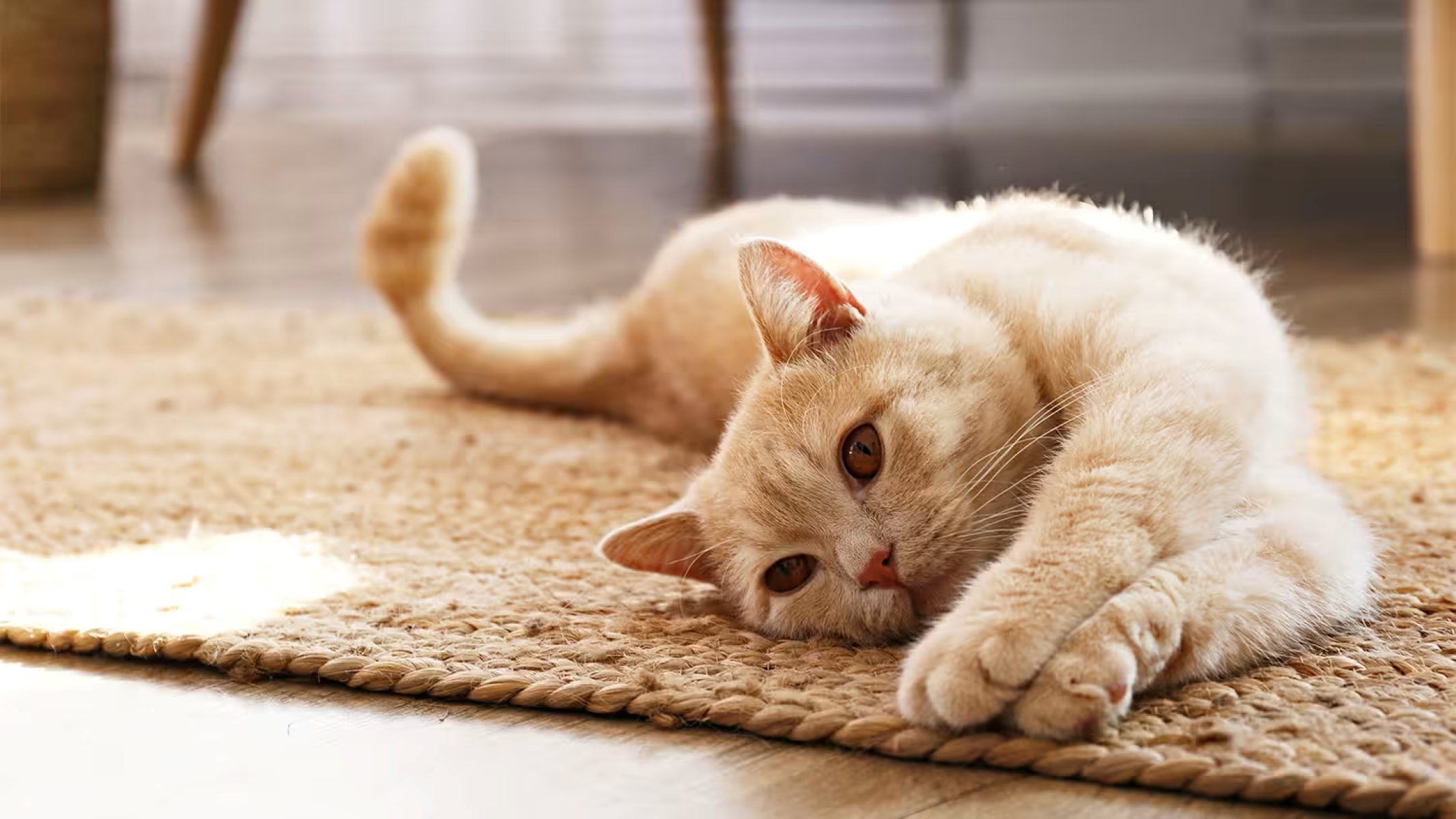
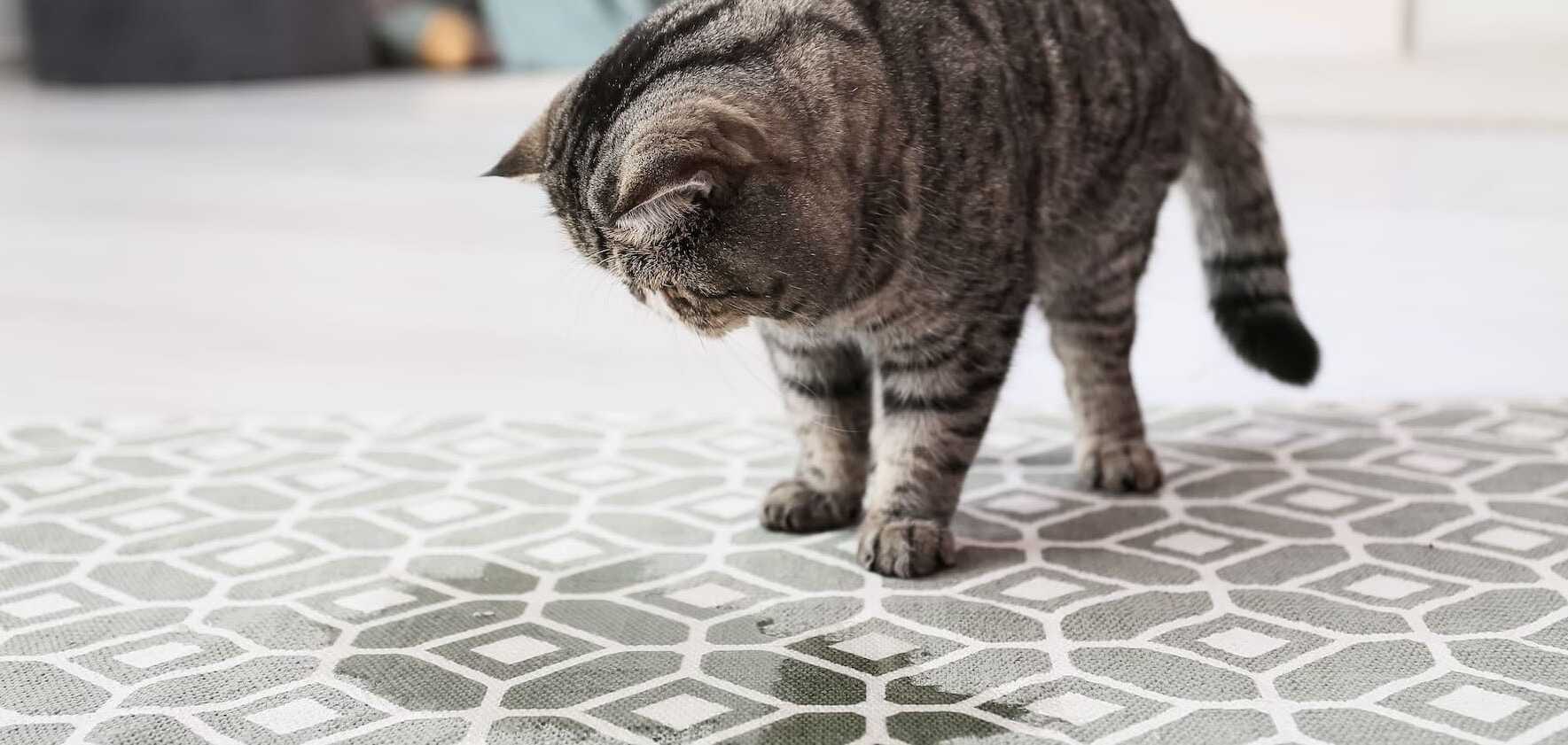

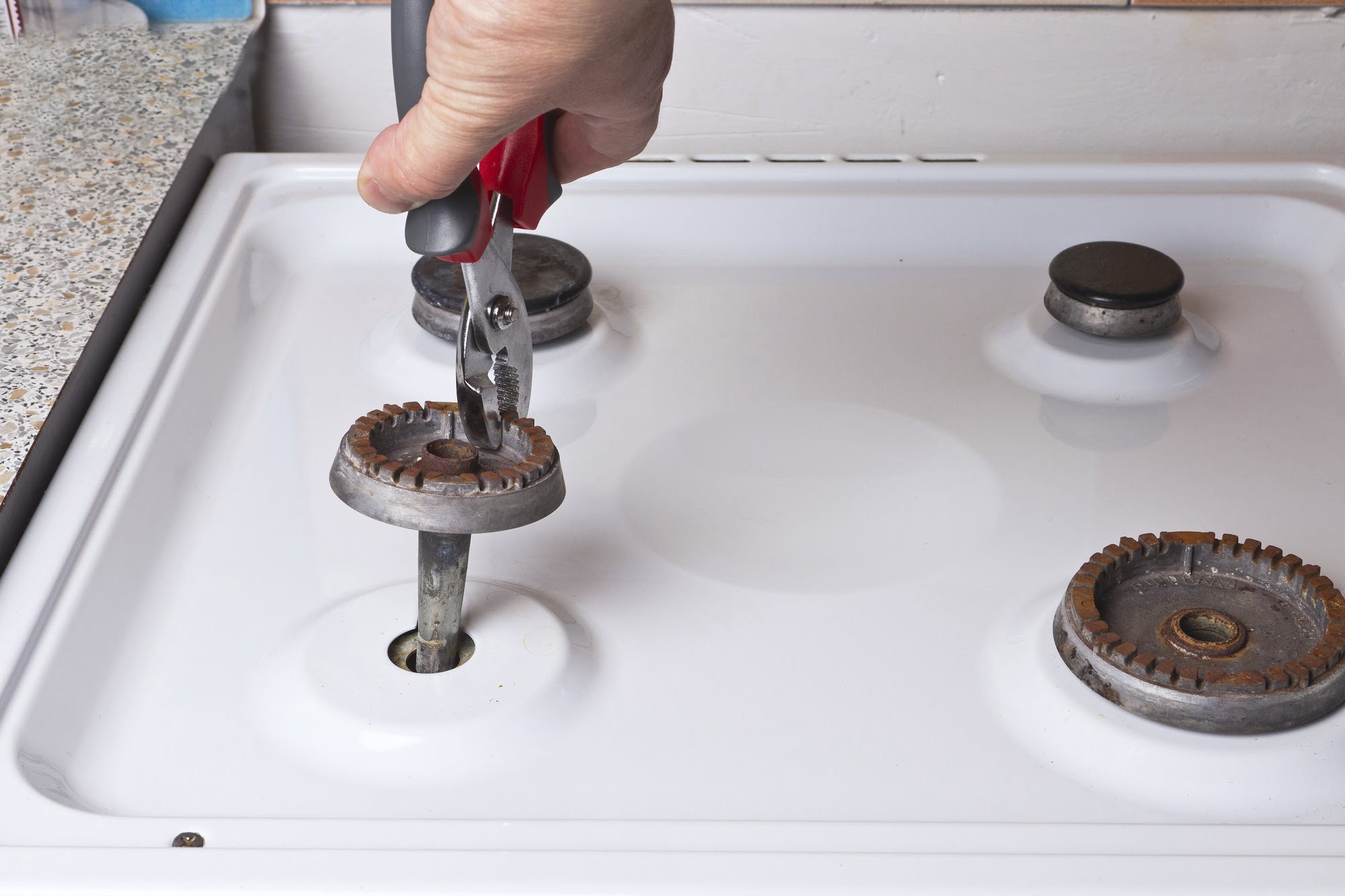
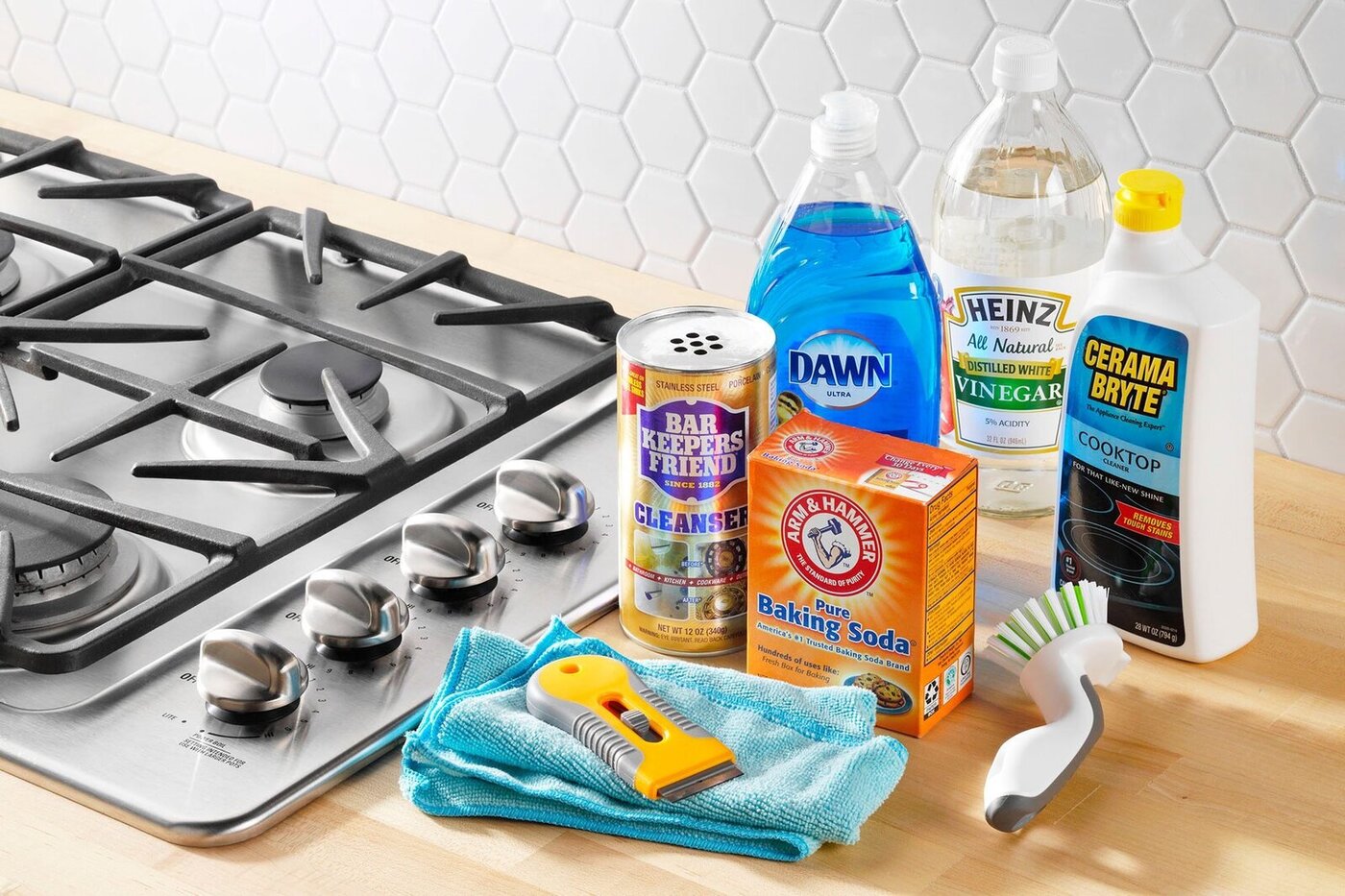
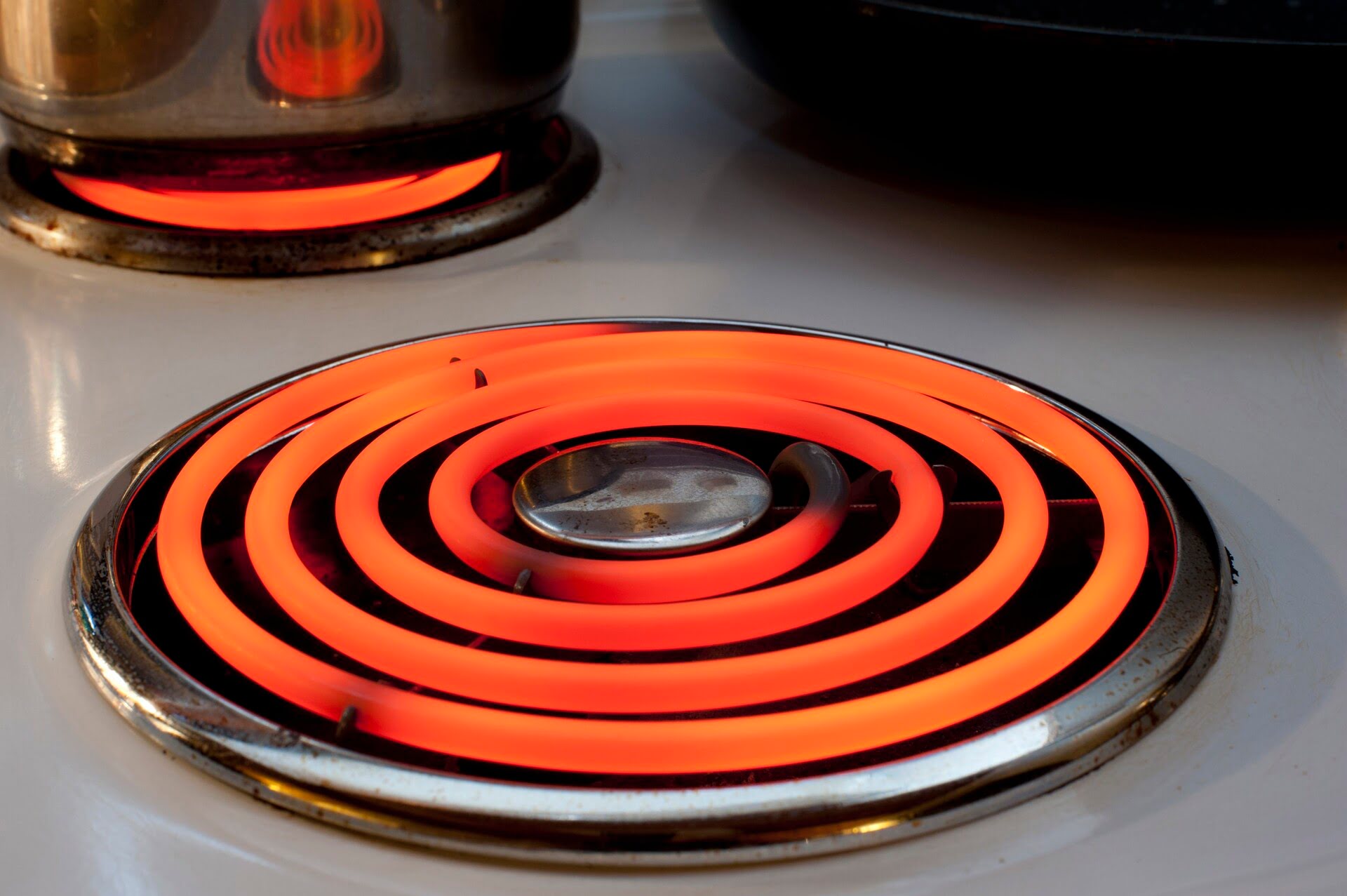
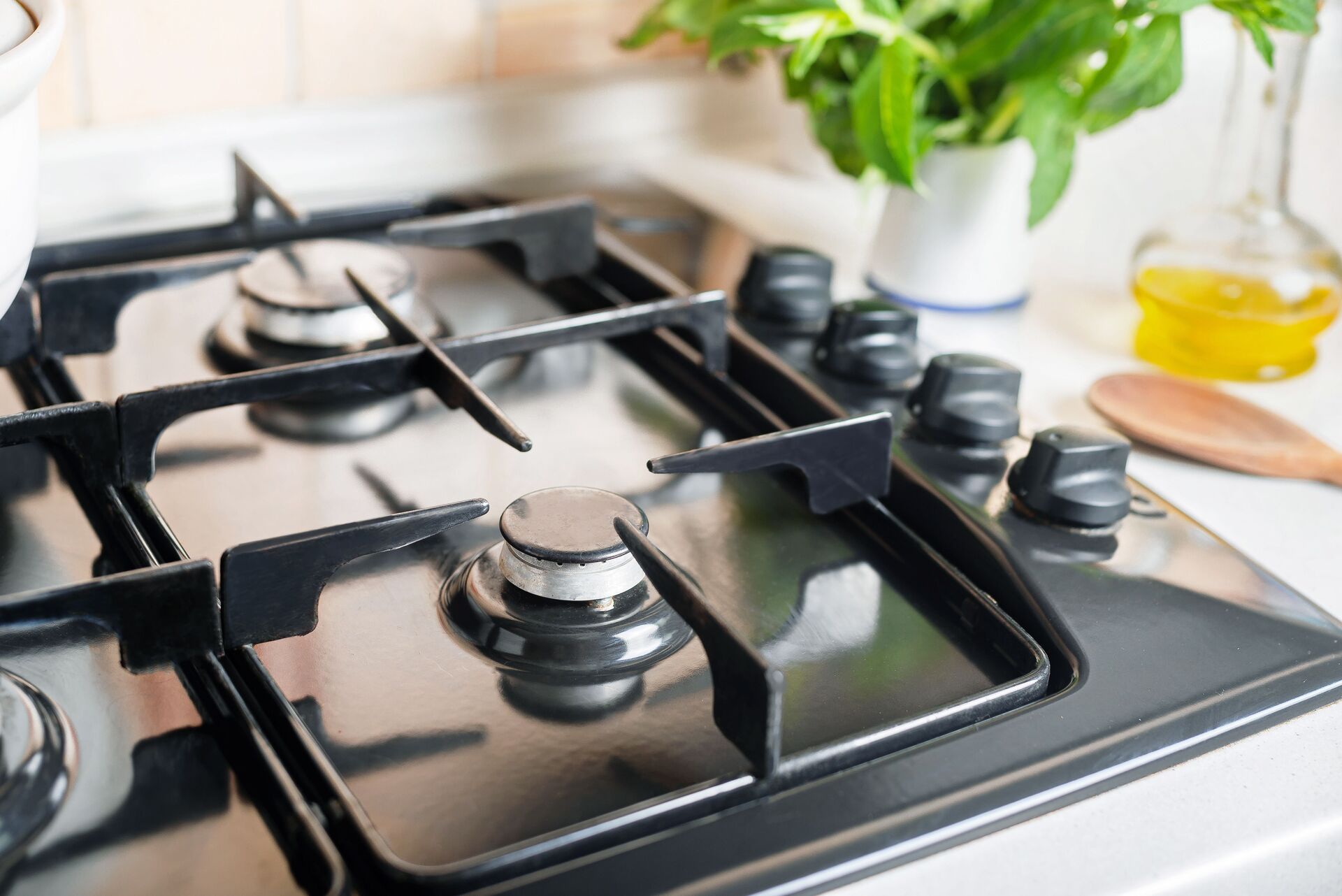
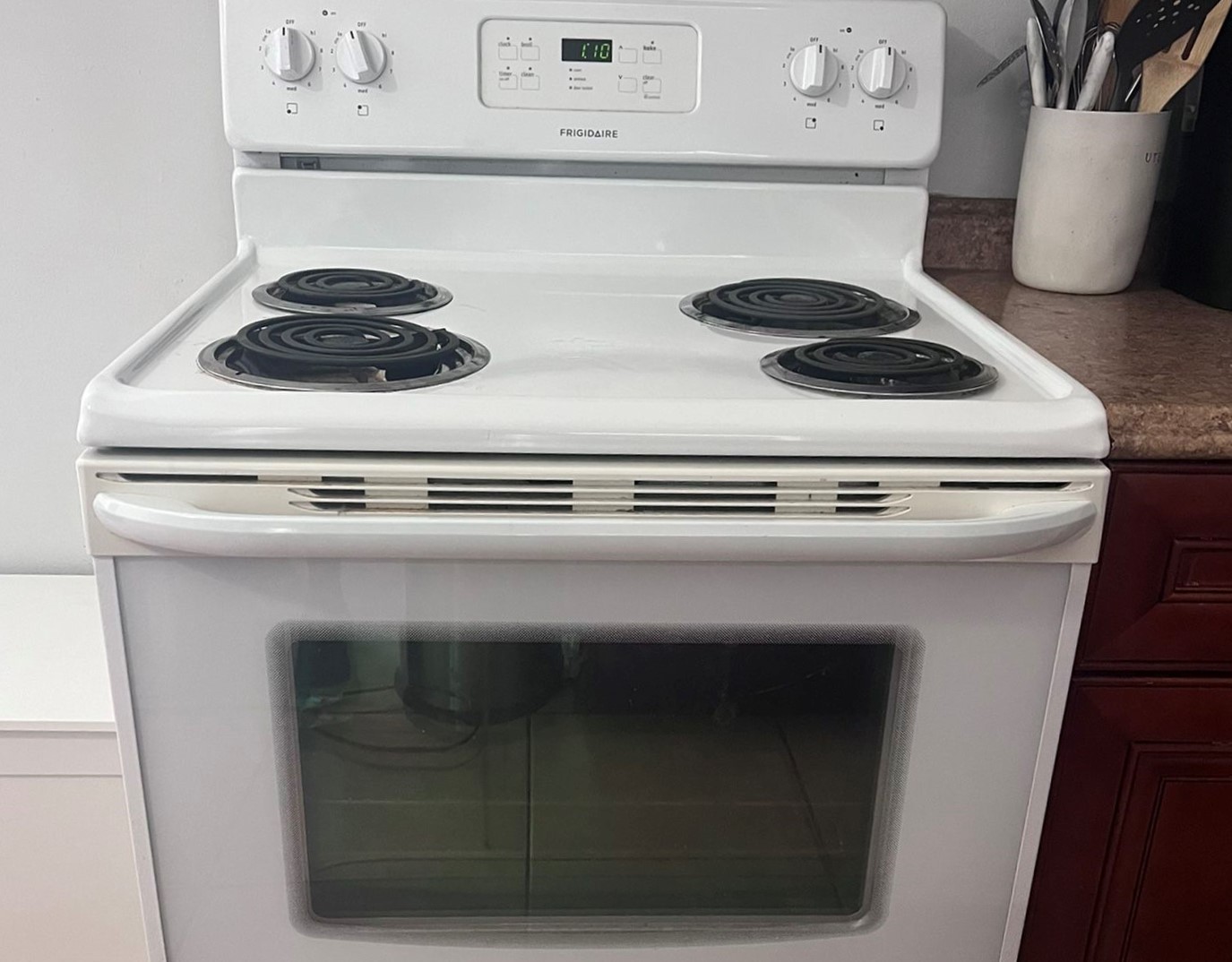


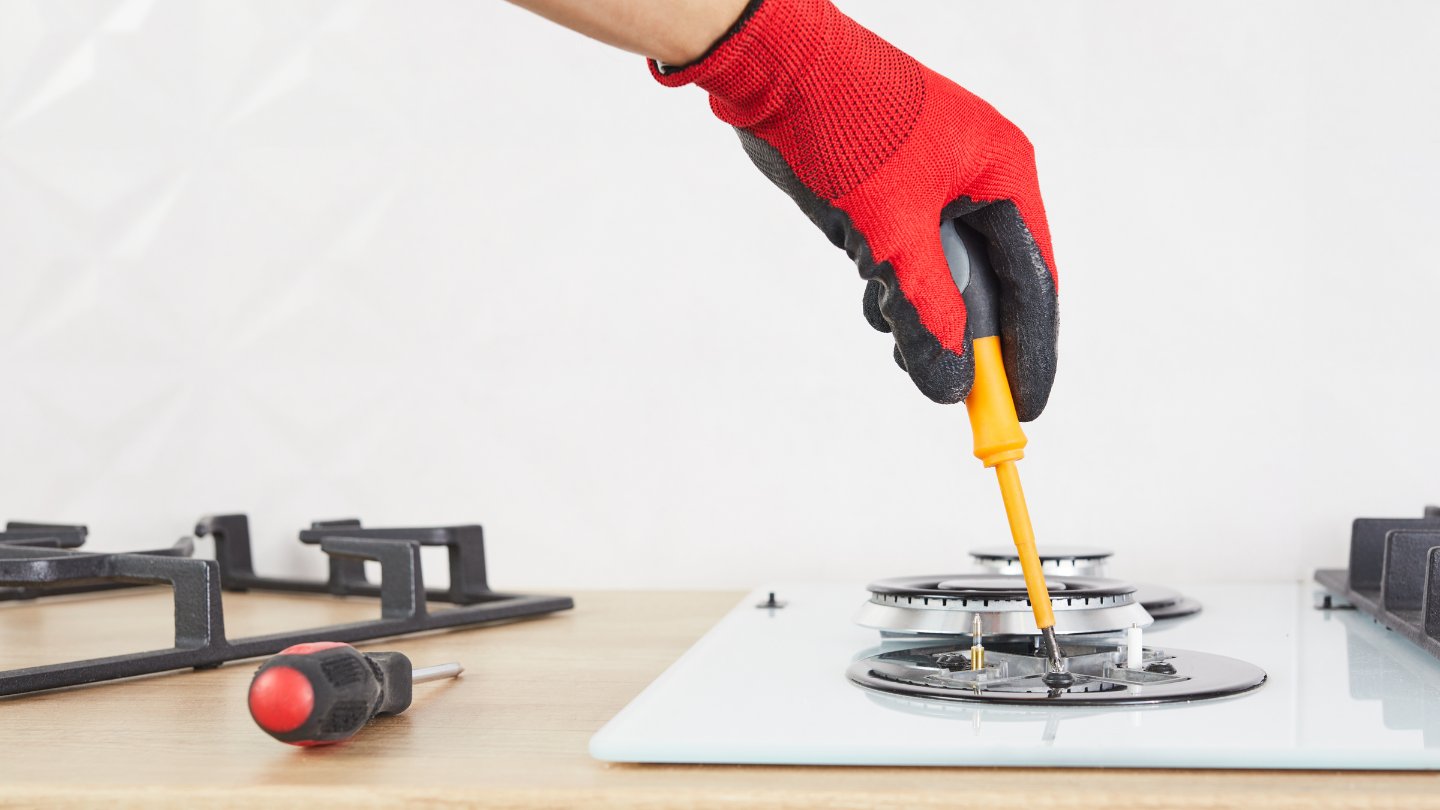
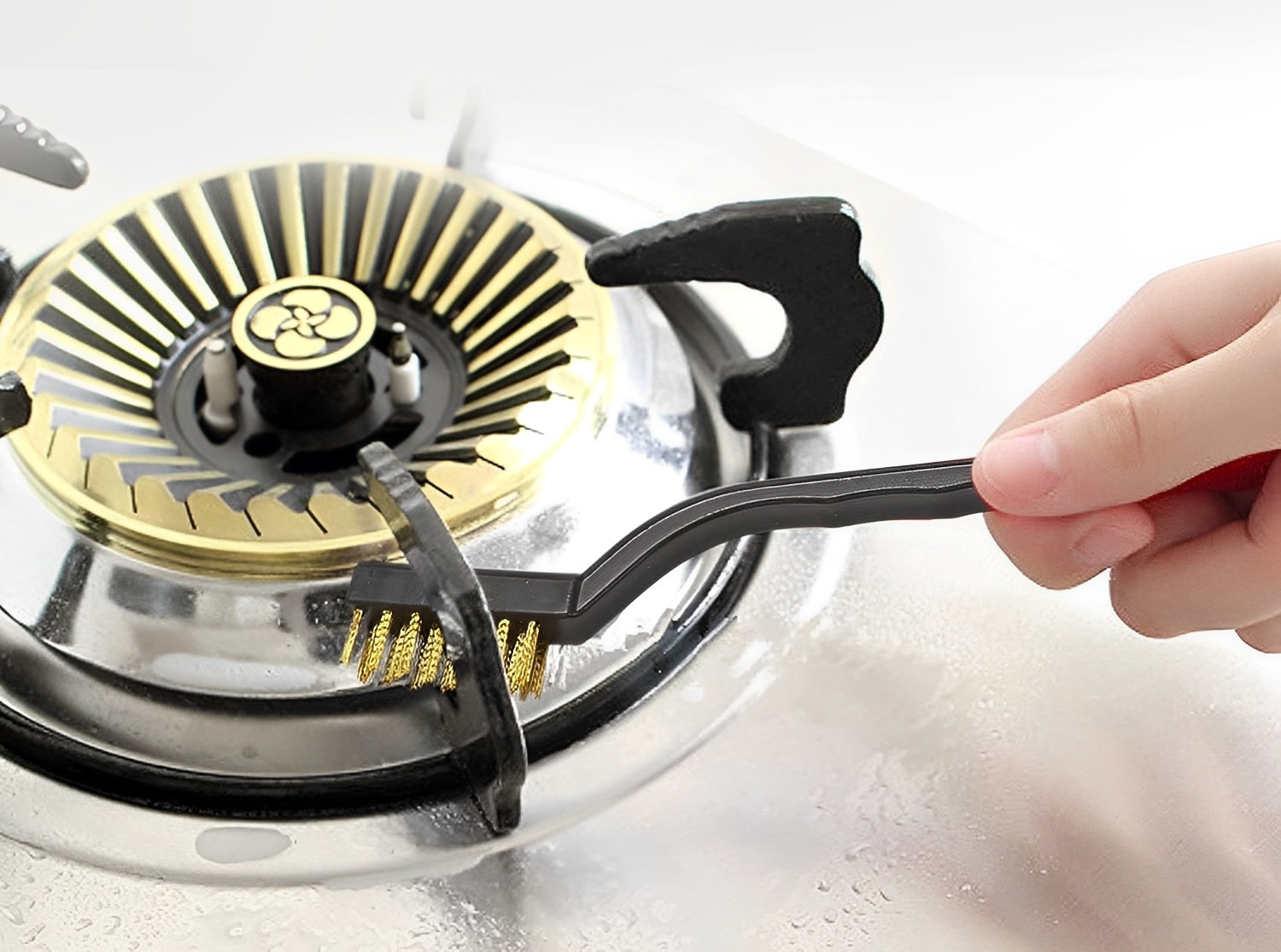
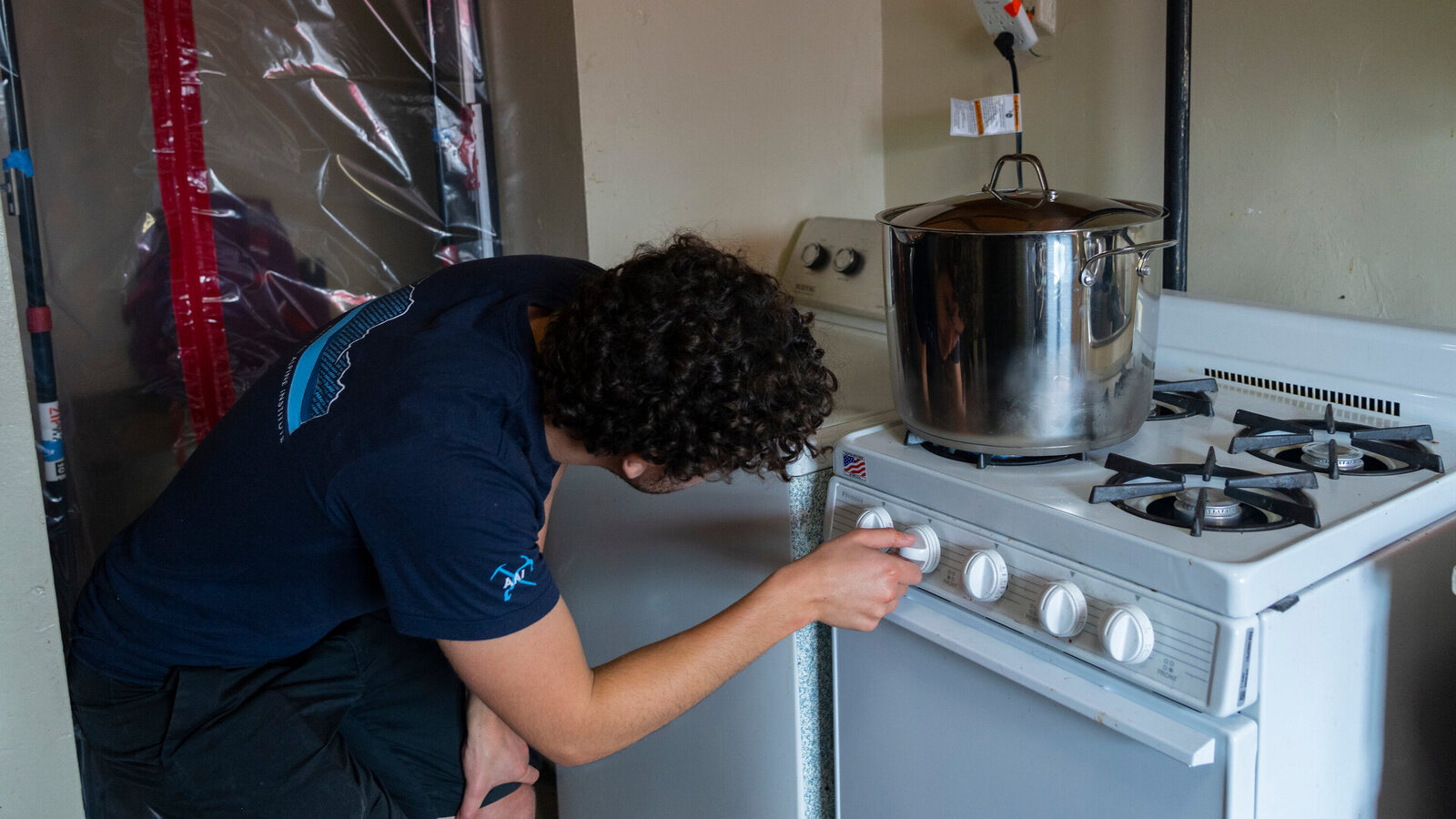
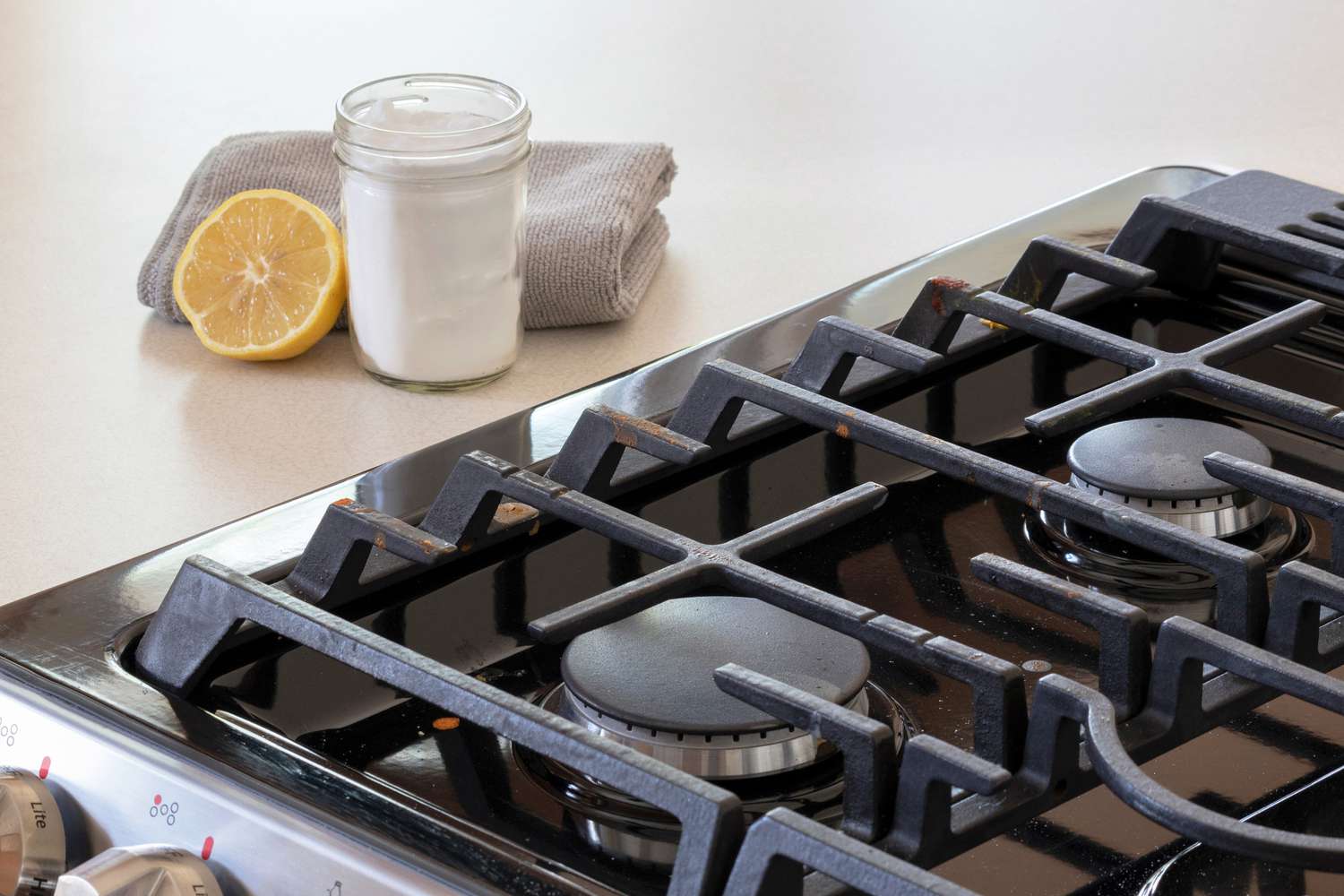

0 thoughts on “How To Stop A Cat That Pees On The Stove Burners”